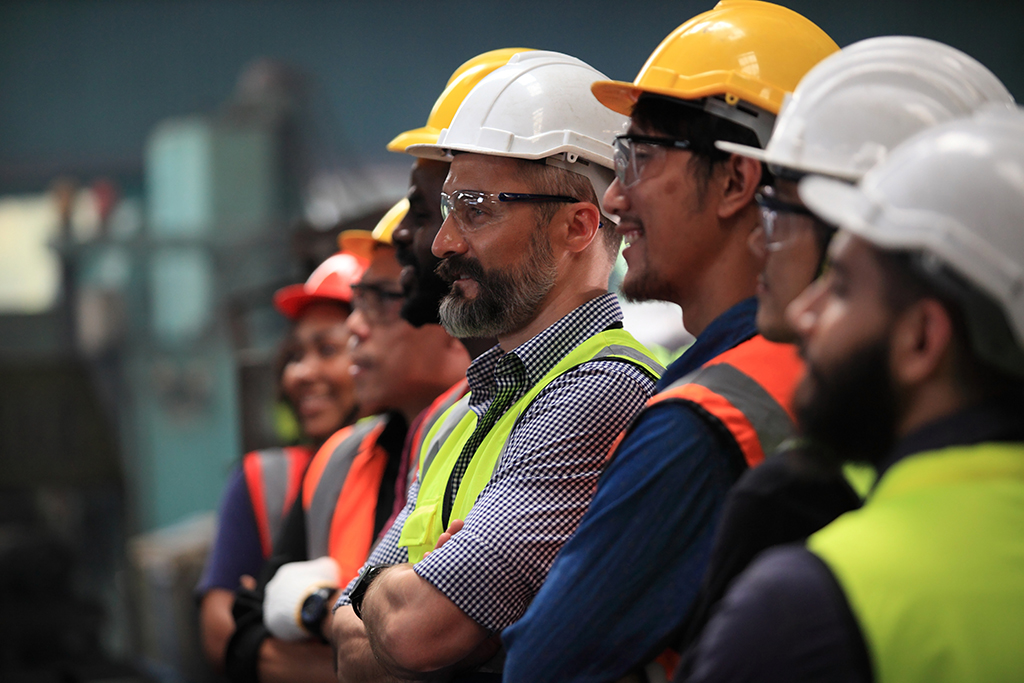The advent of augmented reality (AR) technology has marked a significant turning point in how we interact with the digital world. Particularly, Web AR is revolutionizing the realm of online shopping, offering a more immersive, interactive, and personalized shopping experience. This blog delves into how Web AR is reshaping the landscape of e-commerce, making the future of shopping not just a vision but a tangible reality today.
The Dawn of Web AR in E-commerce
Web AR refers to augmented reality experiences that are accessible through a web browser, eliminating the need for users to download separate apps. This ease of access has paved the way for e-commerce platforms to integrate AR directly into their websites, providing customers with an innovative way to explore products.
Transforming Customer Experience
Virtual Try-Ons
One of the most notable applications of Web AR is the virtual try-on feature. This allows customers to visualize how a product, be it clothing, accessories, or even makeup, would look on them through their device’s camera. Virtual try-ons have significantly enhanced the online shopping experience by providing a level of certainty and personalization that was previously exclusive to in-store shopping.
3D Product Visualizations
Web AR enables shoppers to view products in 3D, offering a comprehensive understanding of what they are about to purchase. Customers can rotate, zoom, and interact with 3D models of products, giving them a sense of the product’s scale, design, and functionality. This immersive interaction builds confidence in the purchasing decision, reducing the likelihood of returns and increasing customer satisfaction.
Enriching Online Retail with Spatial Context
Beyond visualizing products in isolation, Web AR allows consumers to place virtual items in their real-world environment. For example, furniture retailers are using Web AR to enable customers to see how a piece of furniture would fit and look in their actual living space. This spatial context is invaluable, helping customers make informed decisions that align with their preferences and spatial constraints.
Personalization and Engagement
Web AR offers unmatched opportunities for personalization. Retailers can leverage AR to provide personalized recommendations based on the customer’s interaction with virtual products. Furthermore, gamification elements, such as interactive AR experiences that reward users, can significantly boost engagement and customer loyalty.
Overcoming Challenges and Embracing the Future
While Web AR holds tremendous potential, its widespread adoption is not without challenges. Issues such as device compatibility, internet bandwidth, and the need for highly realistic 3D models are hurdles that developers and retailers are continuously working to overcome. However, as technology advances and becomes more accessible, these challenges are rapidly being addressed.
Conclusion
The integration of Web AR into online shopping is not just a fleeting trend but a fundamental shift in how consumers interact with products online. By offering a more engaging, personalized, and informative shopping experience, Web AR is setting a new standard for e-commerce. As we look to the future, it’s clear that the possibilities are as limitless as the technology itself. The future of shopping is here, and it’s augmented.






